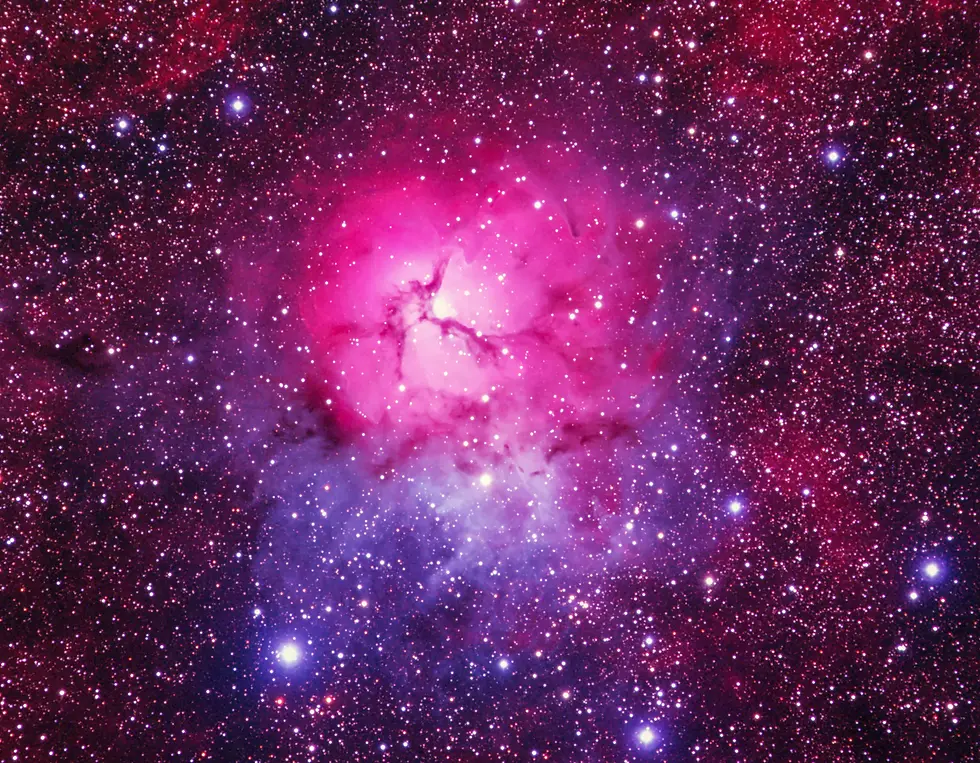Object of the Month: Andromeda and Friends
- Chris Baker
- Jul 1, 2023
- 2 min read
Each month I highlight one of my images - giving more background to what you are looking at and how I photographed it. July 2023 it is the Andromeda Galaxy and its companions
My Image of the beautiful Andromeda Galaxy

About Andromeda
The main object is this picture is the beautiful spiral galaxy known as Andromeda, also catalogued as M31.
Andromeda is large when it comes to galaxies with a mass double that of our own galaxy, The Milky Way. It is estimated Andromeda has in the region of 800 billion stars.
A Swirling mass of gas, dust and stars

Throughout the Universe, galaxies tend to clump together in clusters and even these clusters are in groups, or ‘super clusters’. The Andromeda galaxy is in what is known as our local group, which includes the Milky Way. There are over 40 galaxies catalogued in this group of which Andromeda is the largest and the Milky Way second. As with everything in the Universe Andromeda and the Milky Way and moving and in this case will collide, forming and new larger galaxy.
Because of the huge size and mass of Andromeda, it has further galaxies gravitationally locked, two of which can be seen in this picture. The largest you can see is catalogued as M32 and the smaller closer one M110.
Here is the M32 galaxy - a 'Friend'!

M110 Galaxy - another Friend!

During certain times of the year Andromeda can be seen with the naked eye, even from light polluted UK. It appears as a fuzzy smudge.
In terms of distance Andromeda is in the region of 2.5 million light years away. One LY is the distance covered by light travelling in a vacuum for one year, or 5.88 trillion miles. So Andromeda is 2.5 million X 5.88 trillion miles. Man will not be going to another galaxy anytime soon.
This is how you are seeing this object, as it was 2.5 million years ago, Earth time. It is interesting to think about what the Earth was like when these photons left Andromeda on their way to my camera to create this image!
Imaging Andromeda
Unlike many of the objects I image this is really quite bright, relatively speaking!
Nevertheless to get the exquisite detail many hours of imaging is required through a range of filters. To build up to the hours required I take ‘sub frames’ or images of a shorter duration, which I can later stack together using astronomy software. In this case I used a range of exposures from 30 seconds to 150 seconds to build up the time required to capture the detail.
I used 4 different filters, Luminance (actually this is no filter, just capturing white light), Red, Blue and Green.
The red, green and blue give it its colour. The luminance gives much more of the detail. In addition to capturing the ‘light data’ at various wavelengths, many calibrations are required to create a good photograph.
I hope you will get much pleasure from this image and the way it is presented. There are so many beautiful objects to enjoy in deep space!
Here is an example of Andromeda and Friends in-situ


If you would like to see the availability of Andromeda and Friends then pop along to the shop right: here
.png)



Comments